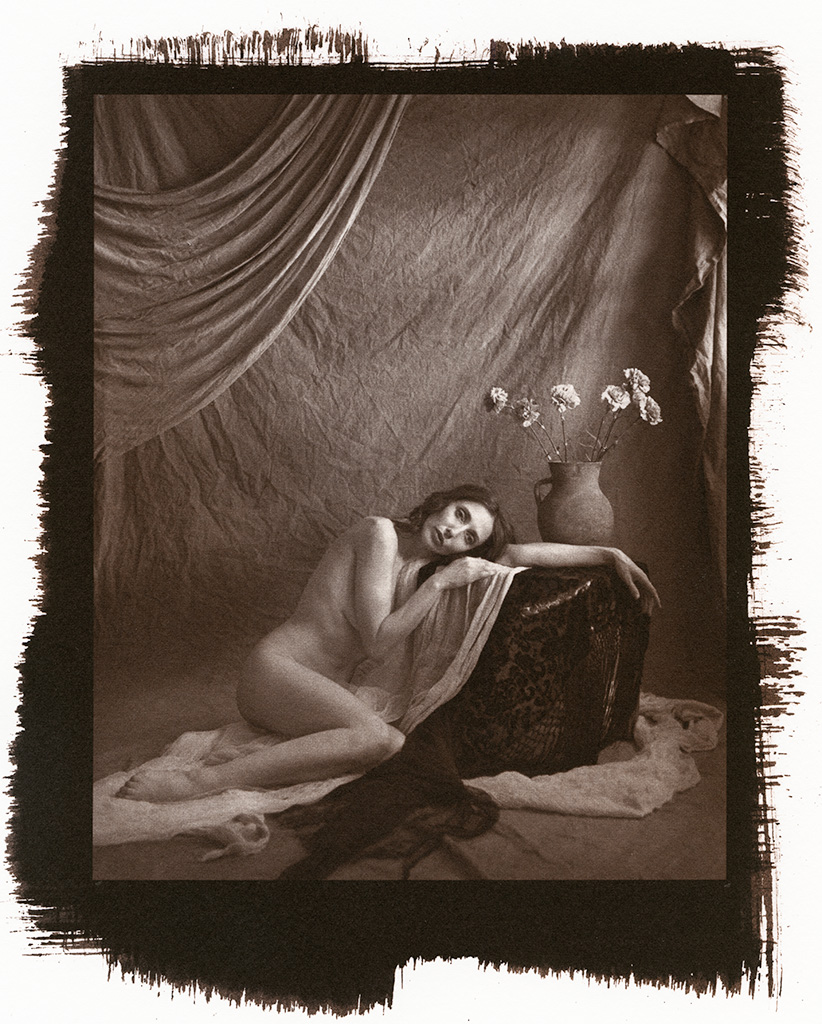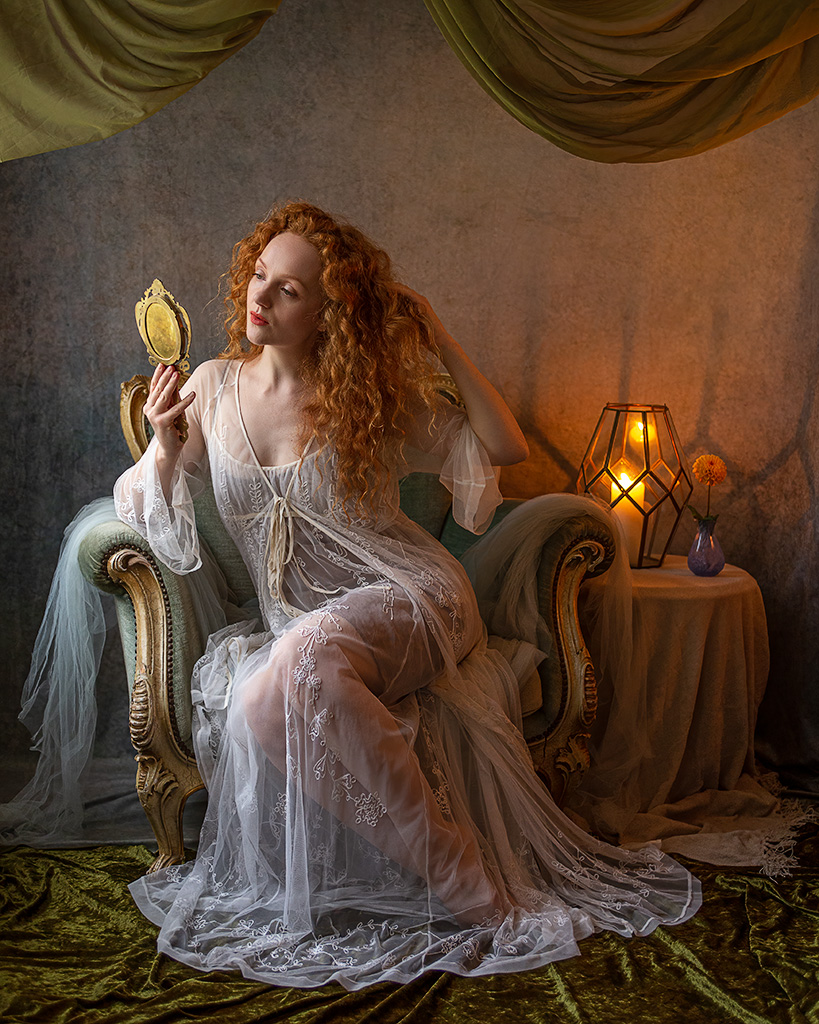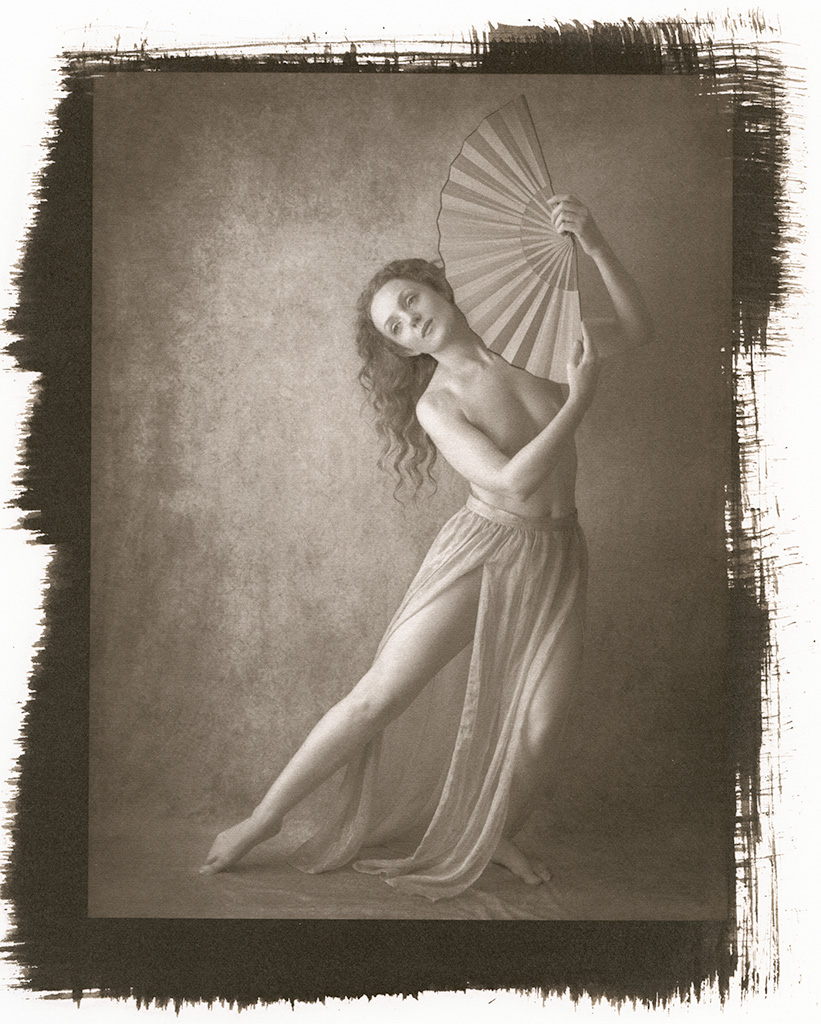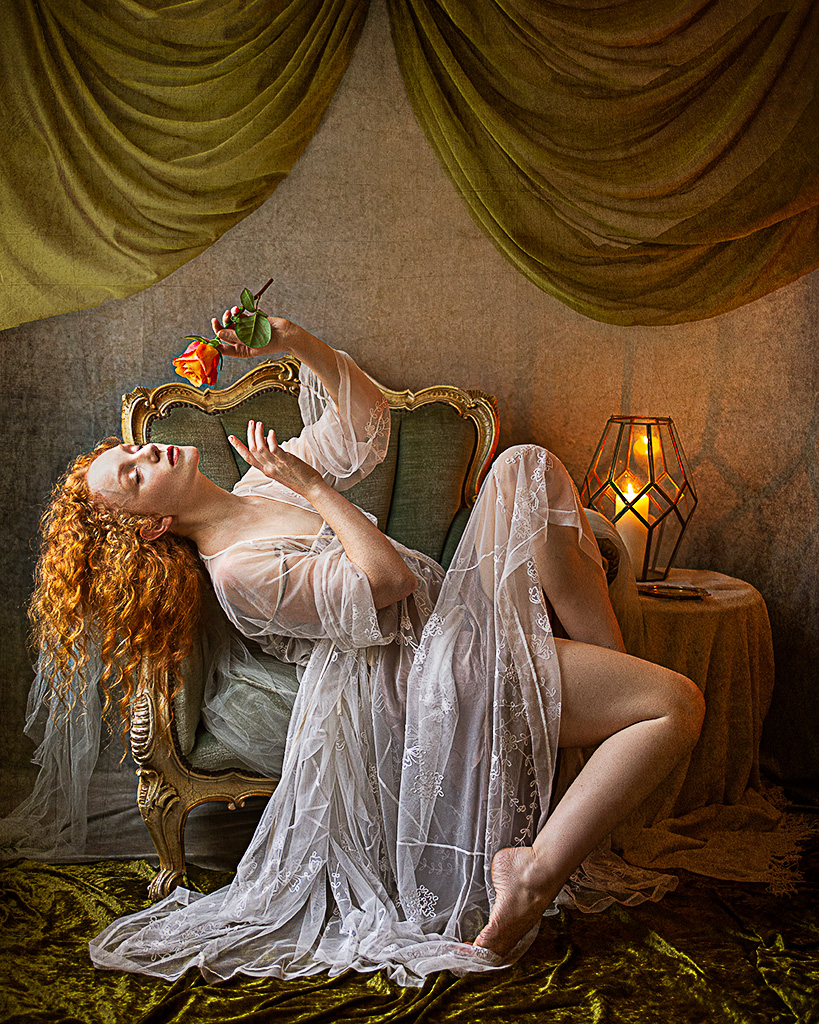Despite the Pandemic, Art Model Photography Continues! But How?
Patty Hankins and Bill Lawrence explain how their art model photography business works remotely, and the value of shooting art nudes during a global pandemic.

Patty Hankins and Bill Lawrence are photographers living just outside of Washington, D.C. in the Bethesda suburbs. They met in college, Duke University, in 1982. Though Bill earned his degree in biomedical engineering and Patty hers in history and public policy, they share an avocational passion: art model photography.
Art model photography is a form of portraiture which celebrates the physiology of the human body. Often, this includes pictures of the unfestooned variety. It is on these sorts of photographs, tasteful, enchanting, and always intimate, that Patty and Bill have built a formidable local reputation. While coronavirus has meant the shuttering of many small businesses, Hankins-Lawrence photography, at least in the realm of art model photography, miraculously shoots on. But how? I sat down with Patty and Bill to ask about the business of art model photography in the midst of a global pandemic.
What initially drew you to art model photography?
BL: I came into art model photography and nudes after a number of years in landscape photography. What drew me to it was working with people in art photography. I was interested in showing the human form, and nudes both help with this and avoid the issue of what clothing a model is wearing, since that can imply cultural background, station in life, and other issues that I’m generally not interested in conveying in my photos. Also contributing to my interest in nudes is my complete lack of fashion sense. Trying to plan clothing styles in art photography was completely beyond me, and nudes are much easier to make a statement with.
Originally, my main interest was in more pure figure photography: showing the interaction between light and shadow as it meets the human form. As I’ve done more of it, I’ve become more interested in setting a mood and telling a story with my photos. This has coincided with an interest in historic photographic processes. Currently, mainly, this includes wet-plate collodion (e.g. tintypes from roughly the 1860’s) and kallitypes (a roughly 1890’s printing process). The tintypes were my major approach to photographing nudes before the pandemic hit, but I have to work with the model in person to do this. I can make negatives from digital photographs, however, so I can print kallitypes from a remote photography session. The historic processes have their own looks to them; this often helps set the mood for a photograph for me.
Additionally, as I’ve grown more experienced in art nude photography, we’ve had a chance to work with a number of professional figure models. This gives Patty and me a chance to work with experienced artists in the creation of our photographs; it is wonderful working with someone who is interested in helping to create your vision and to add their own personal style to it. A project done on tintypes finished just prior to the pandemic involved a number of models over time, with a consistent theme across the photos but with each model adding their own take on the theme through pose and expression. I’ve really enjoyed the give and take of working with someone to create the photo.
PH: I started working with art models about the same time Bill did – mainly because Bill was working them and I went along to help in the studio. I discovered that I liked creating with models. In my work, the models tend to be clothed or implying nudity – insider term for what I tend to do is "Facebook safe."

How has the pandemic affected your photography?
PH: For working with models, the pandemic has changed EVERYTHING! We used to work with models in our home studio (also known as the family room). We closed down the studio in March of 2020, no clue yet when it will be safe to work for several hours indoors in a small space with a model again.
We kind of figured no working with models until we’re past the pandemic. But then models figured out a way to work remotely – with photographers in one location and the model in another.
So for our session with Ivory Flame, we were in our basement in Bethesda, Maryland, and she was in her flat in England.
The way the technology works is the model sets up her camera on a tripod and links it to her laptop that is running software that allows you to control the camera settings from the computer. Then she shares her computer desktop with us using something like TeamViewer software. Then we set up a session on a video chat software so we can communicate during the session.
The photographer can control the camera settings – ISO, aperture, shutter speed, focus, etc. and can review the photos after they take them
And then it’s just lots and lots and lots of communication about posing, set design, outfits, light, etc.
BL: Much of Patty’s work involved travel for landscape and wildflower photography. Most of mine (and some of Patty’s) involved working in our home studio with professional figure models. The pandemic essentially shut all of this down. For us, it was a sad thing not to be able to do the art we wanted to do. For the models we worked with, this was a disaster for many; modeling was a major (sometimes sole) source of income for them. The models figured out how to photograph remotely, frankly, as a means of survival. But it has opened up a world of opportunities, not only to photograph in the pandemic, but to allow artists (and here I include the photographers and the models) to work together when they may never have been able to before. While there are issues we might not have thought of before (for example, to catch morning window light in the UK, our session started at 4 AM our time), this method of working has definitely expanded our ability to work with a number of wonderful artists.

Has the pandemic changed the way you think about your compositions? ex. set design, theme, pose etc.
PH: Since we are working remotely and depending on the model to provide the set, the props, and costumes, it means a lot more thinking in advance about what I want to create. It is also giving me ideas on what I can create in my own studio after the pandemic. I never would have thought of draping cloth at the top to give the draping effect – but trust me – we’ll be doing that when we’re back in our home studio.
BL: A large factor is lighting. Many models don’t have extensive studio lighting set-ups; it’s expensive and one more factor to try and control while the model is trying to do her main job of modeling. So we tend to use window light in our compositions, which can often give a lovely soft look to a scene. The downside is that you are dependent on when the window light looks good in the model’s studio.
What do you think portrait art, specifically nude, offers us during the time of the pandemic?
BL: There are multiple ways of looking at that. As I was thinking through what to submit in relation to the pandemic, I included two approaches. One, I think is close to escapism. I have a project inspired by Alfred Cheney Johnston’s work with the Ziegfeld Follies dancers from the 1920’s – this series gives a lush, romantic atmosphere in which to showcase the female figure. The other project is more directly addressing the pandemic; I’m early in the project so only submitted one photograph for this. The project “Barriers” is focused on masks and physical distancing during the pandemic; originally my intent was to focus on the aspects of isolation from the pandemic, but frankly it grew into doing my best to express my horror at the failure of our national response, resulting in over [500,000] deaths in the US to date. Photos for this are done a little dark and using toning to lower the contrast, to give a sad, hopefully almost funereal aspect to contrast with the nude in the photo.

Where do you get your inspiration for your set designs and costumes? Could you describe how the set was designed in Patty’s Ivory Flame photos? How was the costume chosen in Bill’s Ivory Flame photo with the transparent sheet?
PH: Since this series is inspired by the work of Berthe Morisot – I’m going for a late nineteenth-century somewhat romanticized intimate spaces vibe. Once I shared my vision with Ivory Flame, she figured out what she had for props, furniture, and wardrobe that could work.
The set for my photos is a standard photographic backdrop with a couple of pieces of green fabric draped from the top to give the illusion of the hanging drapes. The actual draping didn’t go all the way up to the top so I extended it in Photoshop.
The plush green on the floor is another piece of fabric, as is the white tulle on the chair. The chair is one that Ivory Flame has in her home. The table is a modern table with another piece of fabric draped over it. The props on the table are items Ivory Flame has around her house. She lit the candle to see what it would do for the scene and I loved it.
I asked if she had any vintage looking robes or dressing gowns and these were ones she had.
What you can’t tell from the photo is how small the space we were working in was – it is in Ivory Flame’s living room. Just to the right of the table, I had to edit the corner of the TV stand out of the photo. The window sill and window are about a foot to the left of the chair.
BL: For the Barriers photo (of Ivory Flame), I believe the material is tulle – essentially a sheer fabric (I’ve used mosquito netting in a pinch). Having sheer fabric like this is common, which is why the model had it. One of the pictorialists (William Mortensen) even makes fun of the sheer materials in nude photography in his writings. The reason I like it is that it can conceal and reveal at the same time. The photo is about barriers, and I wanted a barrier between the nude and the viewer. In this particular photo, I wanted the woman to appear almost ghostly, as a befitting monument to the pandemic. Did I mention I wanted a really sad mood to the photo?

What, if any, lasting marks do you think the pandemic will leave on your art?
PH: My guess is remote sessions with models will continue after the pandemic so we will be able to work with a greater variety of models than if we just work in person with people who come through the DC area.
BL: We can’t wait to be able to open the studio again. My work in wet-plate collodion really needs to be done face-to-face. But that being said, the remote sessions have opened up opportunities we would not have had otherwise, and I am sure we will continue with them.
From the standpoint of the art, the pandemic will leave a lasting impression on us, and I’m sure those themes will show up in our work.